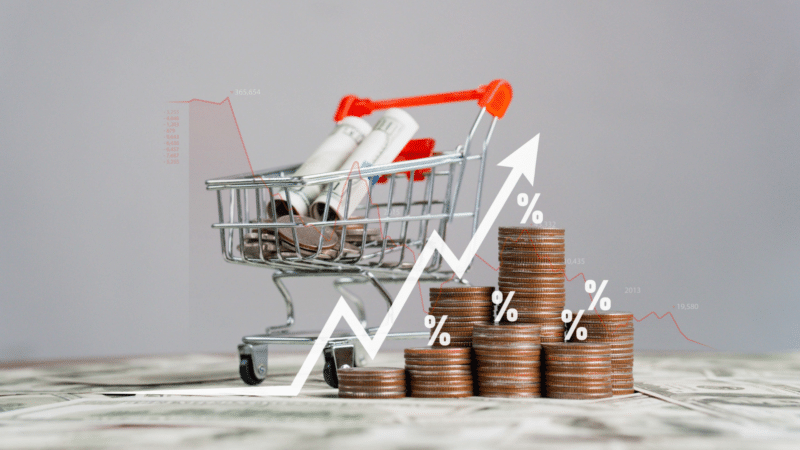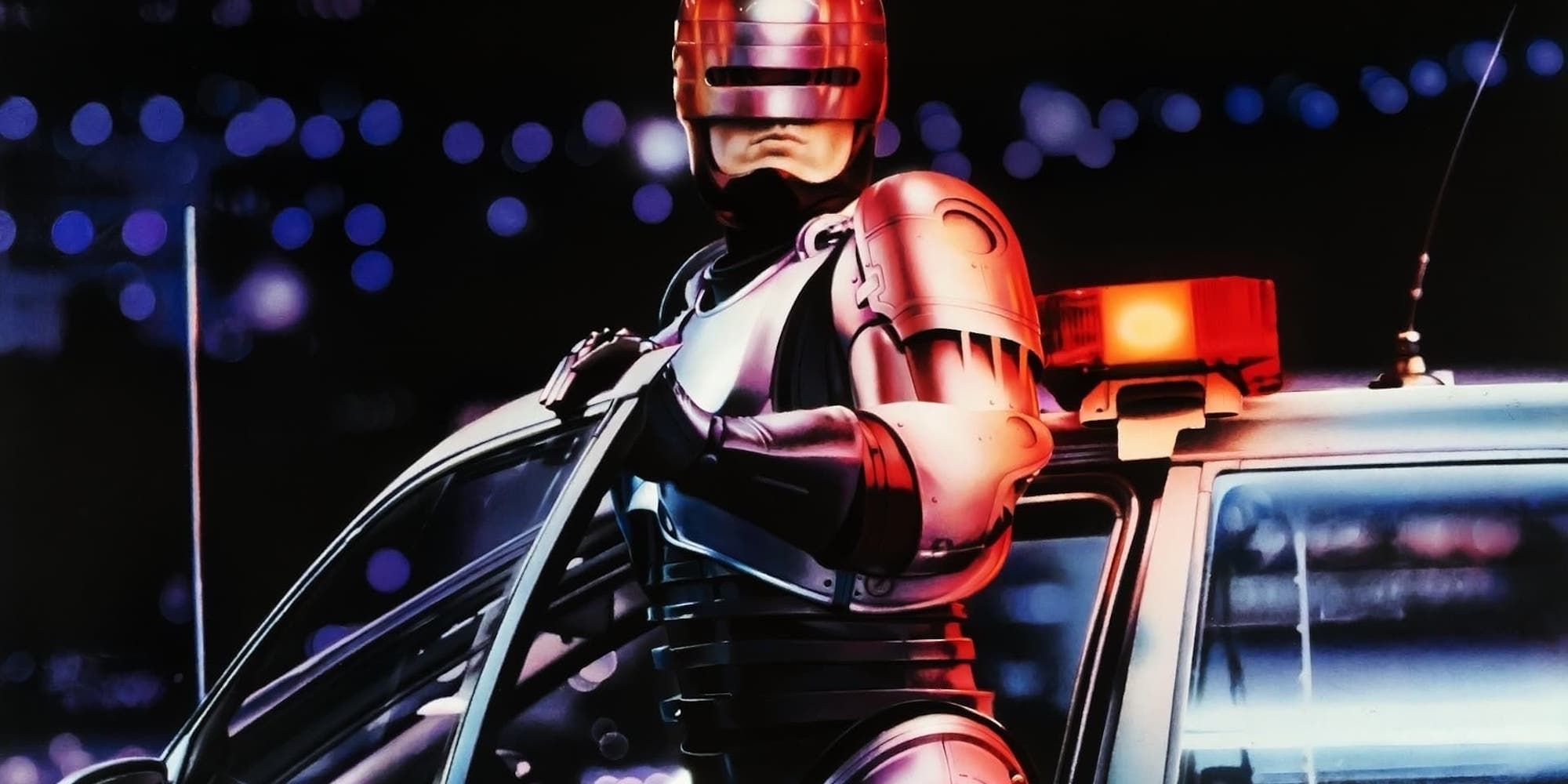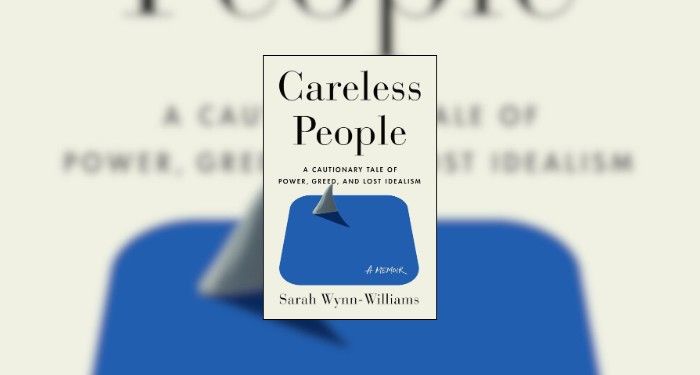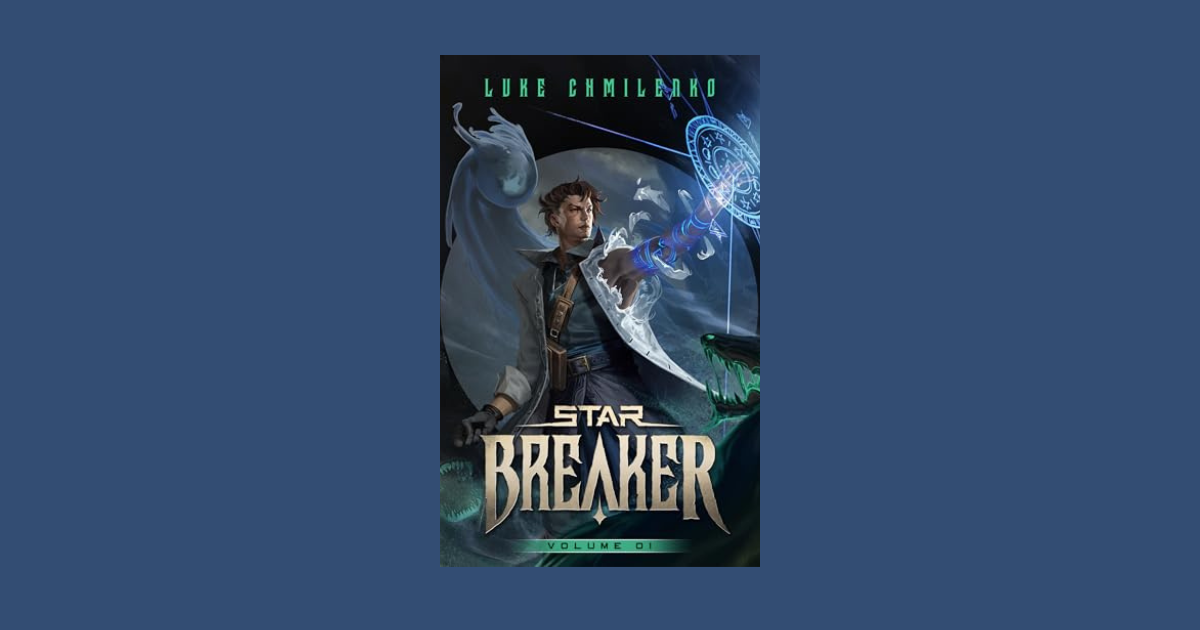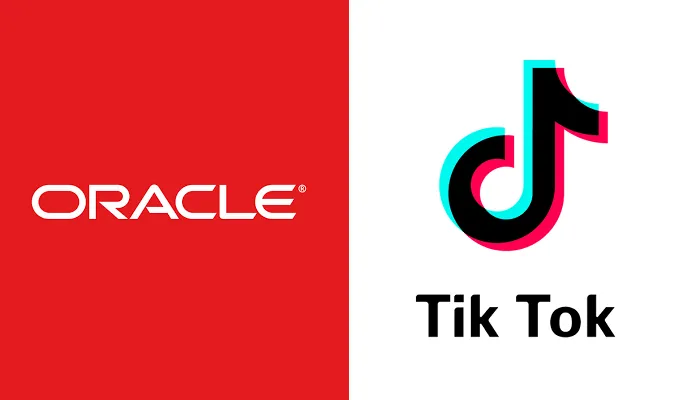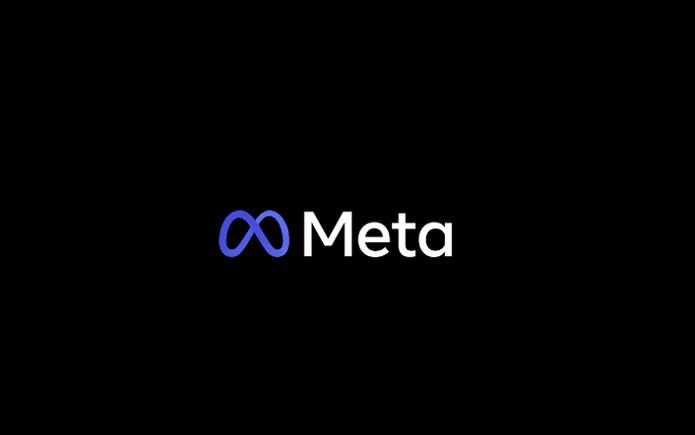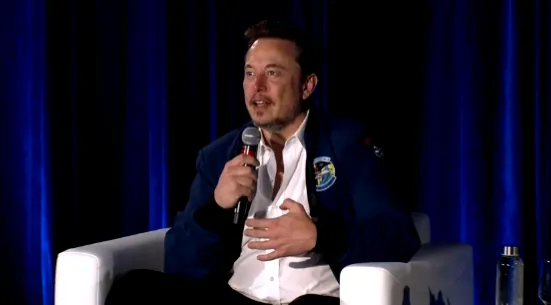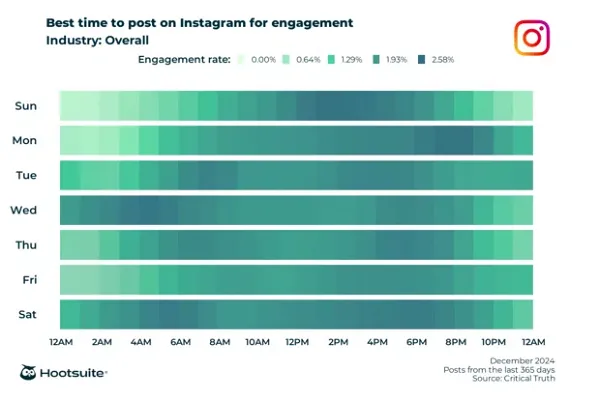When a volcano erupts, it causes immeasurable damage to the surrounding area. Trees are laid flat, rivers and lakes are filled with suffocating ash, and all wildlife is devastated for an extended period of time. It’s Mother Nature’s way of resetting the natural balance, and the only thing that gets things back to normal, is Father Time.
Disruption in the world of business is what leads to new and unique innovations…The definition of a disruption is a disturbance or problems which interrupt an event, activity, or process.
If you are on your way to work and you are taken on a detour because the highway crew is repaving the road, that’s a disruption. If the kids are playing in the backyard and accidentally break the water main and it floods your basement where all of your treasured paintings are displayed, that’s a disruption and a reason to be grounded for the next 200 years, and if a global pandemic causes your business to close down for a period of time, or you have to lay off employees, and it forces you to re-invent the way you conduct your business…that is definitely a disruption.
In the business world, whenever there’s a new innovation in the market, for example products like the Swifter comes along, or Scrub Daddy, or Apple introduces a thing called the iPhone, those are called market disruptors, meaning that it flips everything upside-down for a period of time and forces the competition to adapt and change, and come up with innovative ideas on their own in order to keep pace. The ones that do, get to stay in business, the ones that don’t keep up, don’t.
Disruptive innovations are like missiles launched at your business- Netflix made Blockbuster obsolete, digital photography killed the film industry, and electric cars will one day make the gasoline car outdated.
And all along we’ve prescribed a single response to ensure that when the dust settles, you’ll still have a viable business: Develop a disruption of your own before it’s too late to reap the rewards.
Disruption is less a single event than a process that plays out over time, sometimes quickly and completely, but other times slowly and incompletely. More than a century after the invention of air transport, cargo ships still crisscross the globe. More than 50 years after Southwest Airlines went public, tens of thousands of passengers fly daily with legacy carriers. A generation after the introduction of the VCR, then DVD’s, box-office receipts are still an enormous component of film revenues. Managers must not only disrupt themselves but also consider the fate of their legacy operations, for which decades or more of profitability may lie ahead.
I propose a systematic way to chart the path and pace of disruption so that you can fashion a more complete strategic response. To determine whether a missile will hit you dead-on, graze you, or pass you altogether, you need to:
1-Identify the strengths of the biggest disrupters in your industry
What gives them the competitive edge over others in the space, and what makes their innovation disruptive? As Michael Raynor suggested in his book The Innovator’s Manifesto, all disruptive innovations stem from technological or business model advantages that can scale as disruptive businesses move upmarket in search of more-demanding customers.
Here’s an example of simple price competition in the hotel industry: A Holiday Inn, Super 8 or Motel 6 provides a bed for the night for less (and in less luxury as well) than does the Four Seasons, a Hilton, or a Marriot down the street. For the economy hotel chain to appeal to Four Seasons customers, it would have to invest in internal improvements, prime real estate, and an expensive service staff. Doing so would force it to adopt the same cost structure as the Four Seasons, so it would have to change its customer base entirely.
Here’s another example… Take the current disruption of higher education. Online universities can enroll, educate, and grant degrees to far more students at much lower cost than traditional institutions of higher learning can, because e-learning technologies enable every faculty member to reach far more people than any single professor could address in even the largest university lecture hall. The initial quality of e-learning institutions left something to be desired, but—as the theory of disruption predicts—they have been improving the effectiveness of their programs while maintaining their cost and convenience advantages, thus attracting more students away from traditional alternatives.
But consider two groups of students these online universities can’t serve. One group is those who are looking to burnish their résumés by demonstrating that they are good enough to get into an exclusive college.
The other group is students who value the social aspects of college: the growth opportunities in living away from home, the close community of peers, the sports teams. E-learning institutions can (and do) opt to offer both online and on-campus courses to attract the widest variety of students, but they can’t bring their full disruptive advantage to bear here, because each added service forces them further toward the cost structure of traditional universities. Novel partnerships or technological innovations might eventually enable them to address this problem, but for now they fall short in satisfying these students.
Identifying a disrupter’s biggest strength tells you what kinds of customers the disrupter might attract and—just as important—what kinds it won’t. How many customers of each kind do you have? To answer that question, you need to consider what people are really doing when they buy your products and services, and why they are buying your products and services.
Why do people long for certain products and services in some situations but not in others? Experts in disruption have a ready answer: to complete some job that crops up in their lives. A college student doesn’t go shopping for floor cleaner, sponges, and a bucket for their own sake. Something—say, the impending arrival of his parents—makes it necessary for him to clean his room, so he seeks some product or service with which to do it. The floor cleaner, sponges, and bucket have no intrinsic value for him. It’s their ability to keep him on good terms with his family that he cares about.
Successful entrepreneurs naturally look at opportunities in terms of the jobs they can do for customers. An innovator observing the plight of our student might realize that he doesn’t care about keeping his room clean all the time, so he’s not interested in stocking up on cleaning supplies. Because he doesn’t clean often and may not be good at it, he’s looking for something simple and foolproof.
And he has probably waited to clean until just before his parents arrive (so that his room will stay neat), which means he needs to do the job quickly. An enterprising student might see that as an opportunity to start a 30-minute emergency cleaning service on campus. A consumer goods company might consider bundling insignificant amounts of appropriate cleaning supplies and making them conveniently available at university bookstores, nearby pharmacies, or even coffee shops.
Identifying what customers WILL need, both conveniently and affordably is what enables a disrupter to imagine how to improve its product to appeal to more customers.
Thus, at the simplest level, cargo ships are still in use because they’re still much better than planes at transporting heavy goods. Box-office receipts still represent a substantial portion of studio revenues in part because sizable groups of people (teenage boys, dating couples, families) go to the movies to get out of the house. Ivy League universities are still better positioned than online institutions to garner elite status to aspiring high school seniors.
Over the past 15-20 years online retailing has devastated traditional brick-and-mortar retailers. The disruption began with the swift destruction of companies such as Tower Records and Hollywood Video and has taken its toll on high-margin retailers like Neiman Marcus and Saks Fifth Avenue, and Toys-R-Us.
One of the last bastions against this disruptive wave is the grocery industry. Less than 3% of all groceries in the United States are bought from online retailers, but that number is sure to grow with Amazon now owning Whole Foods, and every other grocery chain now offering delivery services.
We can expect that with an incentive to innovate their way upmarket, e-grocers will become increasingly more significant. The theory of disruption tells us that these entrants will speed their delivery times, increase their product selection, and add features we can hardly imagine today in pursuit of new customers and higher profit margins.
Questions for the executives of Kroger, Albertson’s/Safeway, Whole Foods, and Walmart and the like are “How complete will the grocery industry’s disruption become?” and “What role will traditional brick-and-mortar stores play in the grocery market of the future?” Only time will tell…
So, the way I see it is you have two choices…Become one of the innovators, one of the disruptors yourself, or spend all your time scrambling to look for ways to counteract and “keep up with the Jones” and make sure you remain relevant.
This situation calls for you, a notepad and pen, a good cup of coffee, and some quiet time for you to devise your strategy of how you are going to change your industry and make your business a disruptive force to be reckoned with!
To get a copy of Mitche’s new book “Customer Service Is DEAD: Delivering 6-Star Service In A 1-Star World” CLICK HERE.
Written by Mitche Graf.
Have you read?
Which are the healthiest countries in the world for 2023?
Best Business Schools In The World For 2023.
Connecting With People On Linkedin: Understand The Ways Of Doing It.
Streamline Your Operations: The Key Points Of ERP Systems by Vangelis Kotselas.
Transitioning Back to the US: A Guide for Returning Expats by Tonya Towles.
Lessons Learned on a 13-Hour Road Trip by Jason Richmond.















